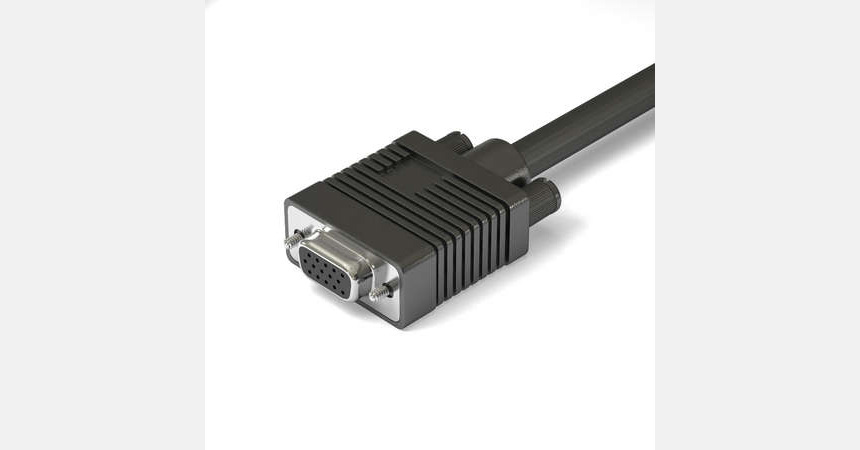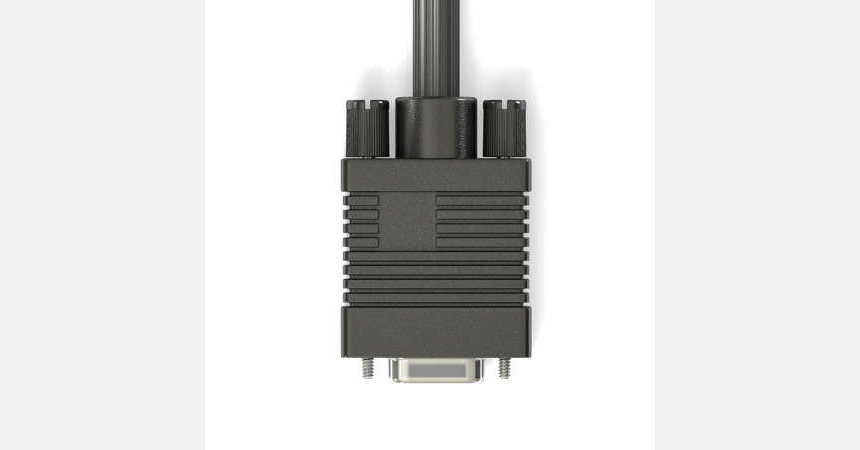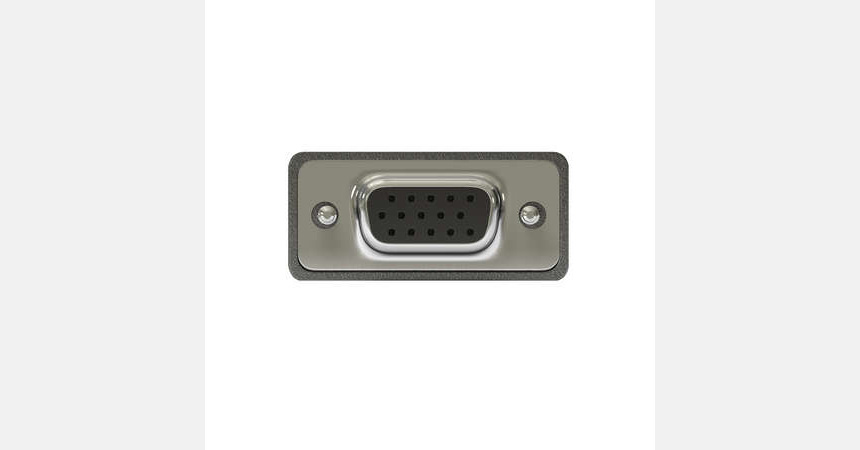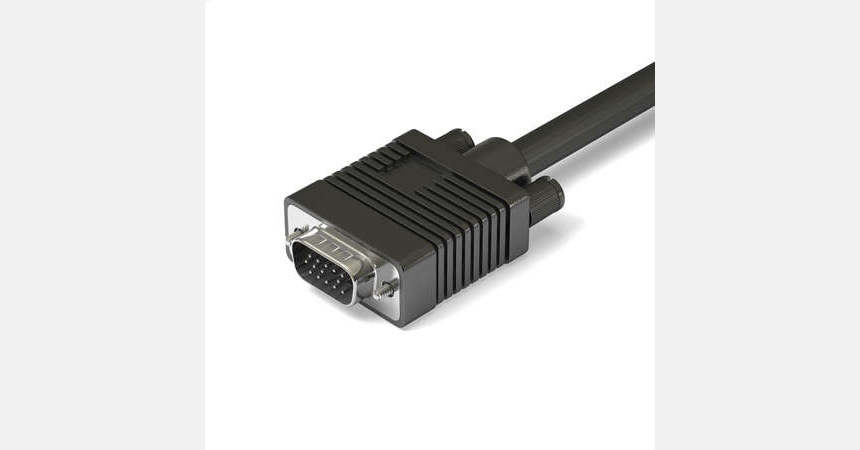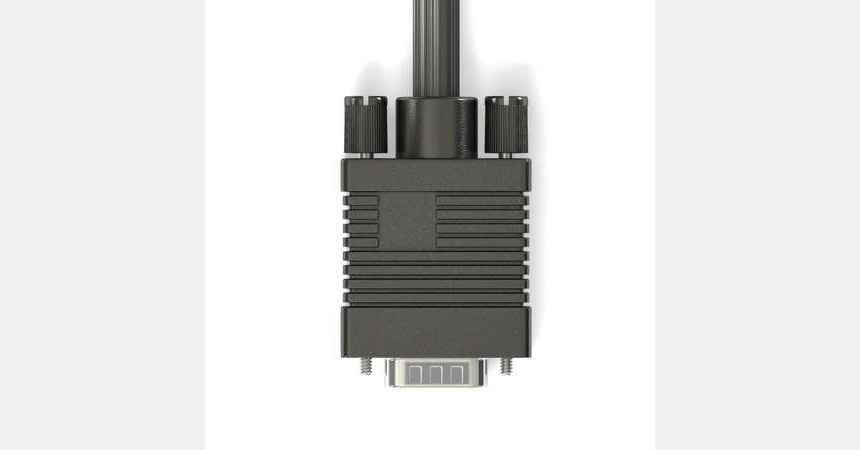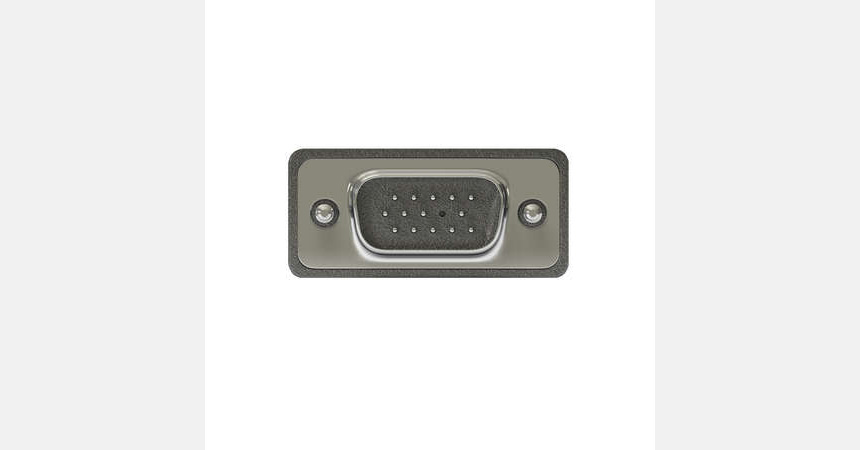What are DB Style connectors?
One special type of D-sub connectors is the High-Density DB style, which looks just like a regular DB connector, only with pins that are slightly smaller and placed closer together. This is typically referred to as an "HD" connector. HD connectors often have three rows of pins instead of two. The most common HD connector is the HD15, which is found on PC video cards and monitors. DB and HD connectors use thumbscrews to secure the connector in place.
Another type of D-sub is the MD, or Micro DB connector. This connector is slimmer than a standard D-sub, with pins even smaller than the ones used on HD connectors. The MD is also commonly called a "half-pitch" DB connector. These are often used in SCSI applications, and the most popular types are the MD50 and MD68 connections. MD connectors can use latchclips or thumbscrews as anchoring mechanisms.
D-sub connectors are usually described by the total number of pins that they can hold. In some cases, a DB25 connector may only have 4 or 5 pins loaded into it; however, it is still called a "DB25" connector and not a "DB4" or "DB5". Another example is the HD15 connector used by monitors—most monitor cables only are loaded with 14 pins, but it is still called an HD15 connector.
_
DB9
A DB9 connector has 9 pins arranged in two rows, with one row on top of the other. The top row has 5 pins and the lower row has 4 pins. This interface is commonly used for RS-232 serial applications. For several years, DB9 ports were standard equipment on PCs; nowadays, many newer computers are being built without them. On a PC, the serial port is commonly a DB9 male.
_
DB25
A DB25 connector has 25 pins arranged in two rows, with one row on top of the other. The top row has 13 pins and the lower row has 12 pins. DB25 connectors are most often used for parallel, RS-232 serial, or SCSI applications. An older PC would normally have one DB25 female parallel port. In Parallel applications, the DB25 connector is sometimes referred to as the IEEE-1284 Type A connector. On older PCs, a male DB25 serial port could sometimes be found instead of a DB9. DB25 SCSI connections are female, and can be found on older Apple computers as well as on expansion cards for SCSI peripheral devices.
_
DB15
A DB15 connector has 15 pins arranged in two rows, with one row on top of the other. The top row has 8 pins and the lower row has 7. Not to be confused with HD15, which has three rows of pins, this connector can be found on sound cards, older AUI network cards and devices, as well as legacy Macintosh® monitors. This is commonly referenced as the Game port. This is due to the fact that the most common peripheral for this port was a joystick or video game controller.
_
DB37
A DB37 connector has 37 pins arranged in two rows, with one row on top of the other. The top row has 19 pins and the lower row has 18. This connector is used sometimes with Cisco® networking hardware, and other applications that use RS-449 serial communication.
_
HD15
A HD15 connector has 15 pins arranged in three rows. Each row has 5 pins with the middle row slightly offset from the top and bottom. The HD15 is a High Density DB-style connector, so it can also be called an HD DB15. Another popular name is "VGA connector", although it is used in video applications that support much higher resolutions (SVGA, XGA, UXGA, etc.). On most HD15 male connectors, there is one pin (pin 9) missing from the middle row. The HD15 connector is a very common connector used mostly as a video interface for computers and monitors. It can also be found on HD displays, and on older HD source devices such as satellite receivers and cable boxes.


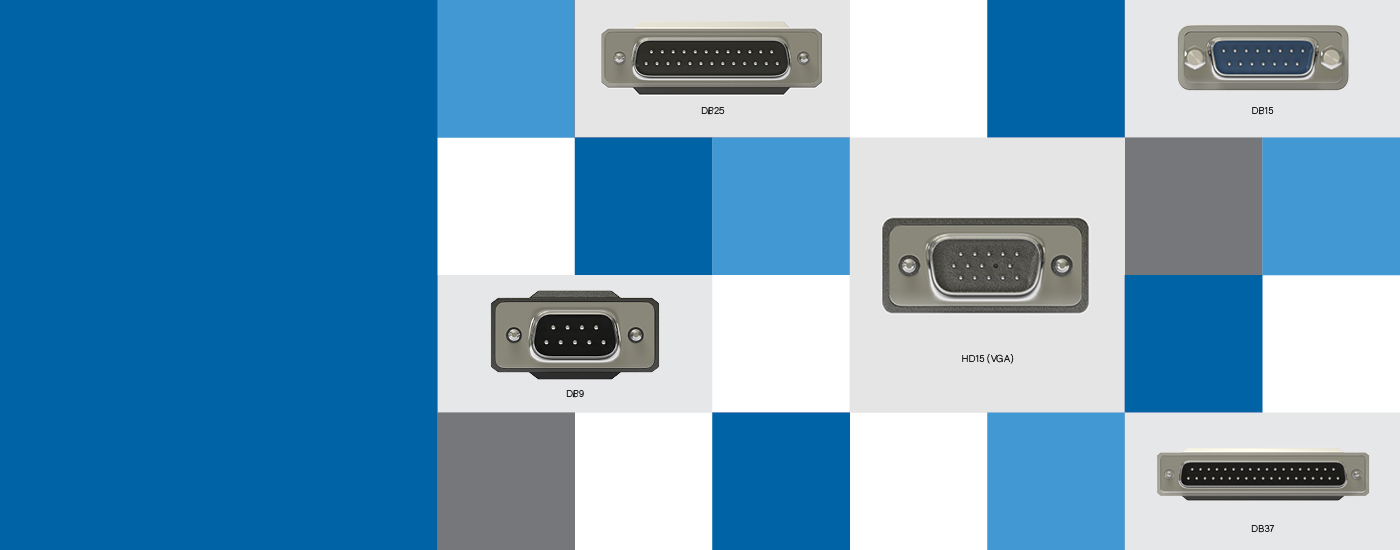
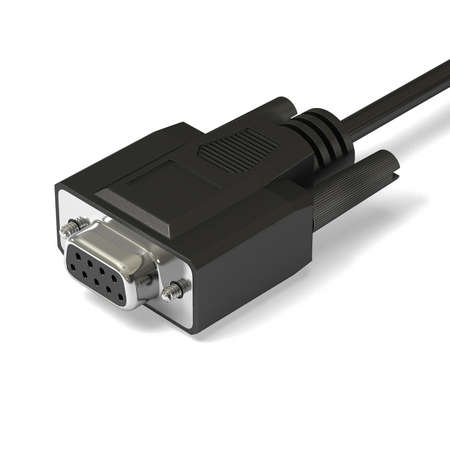 View DB9 connector gallery
View DB9 connector gallery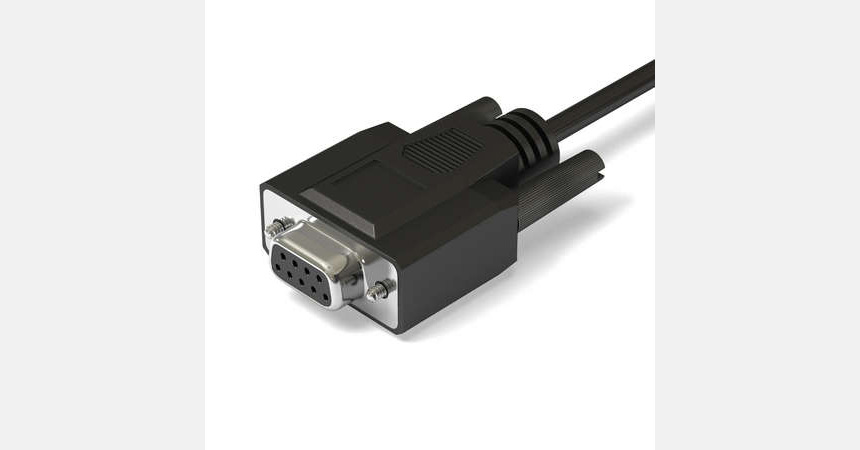
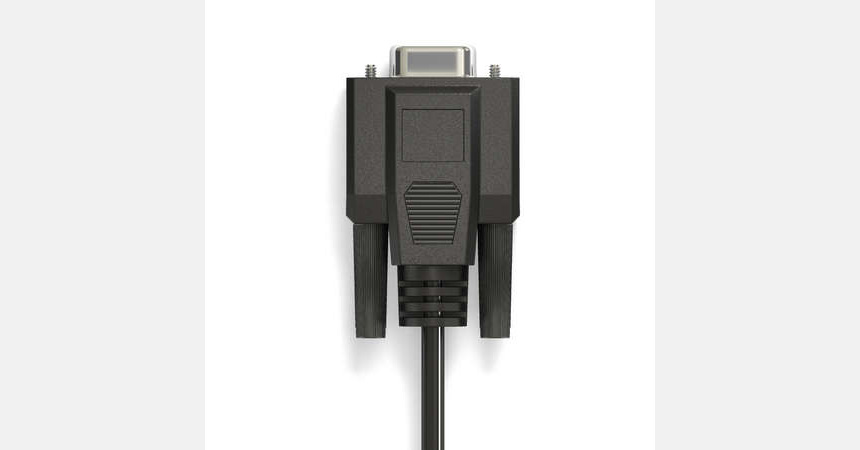
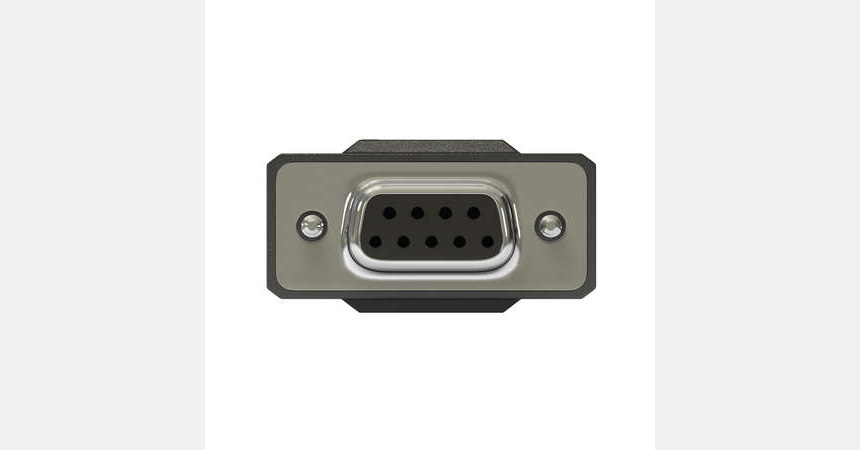
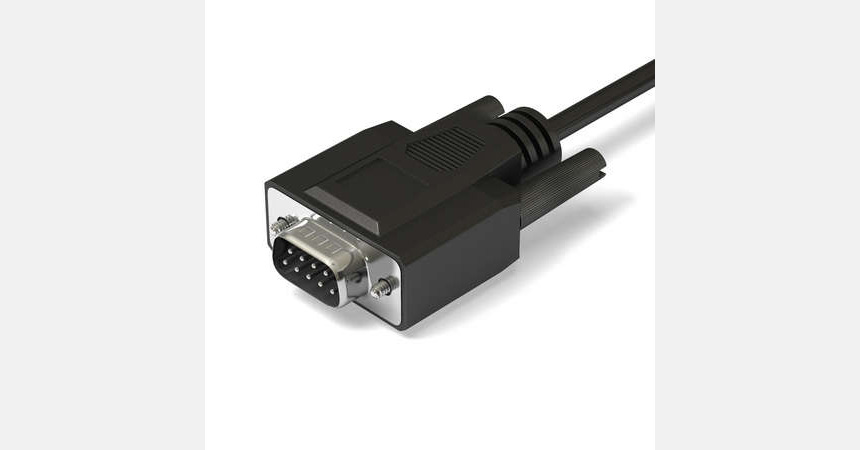
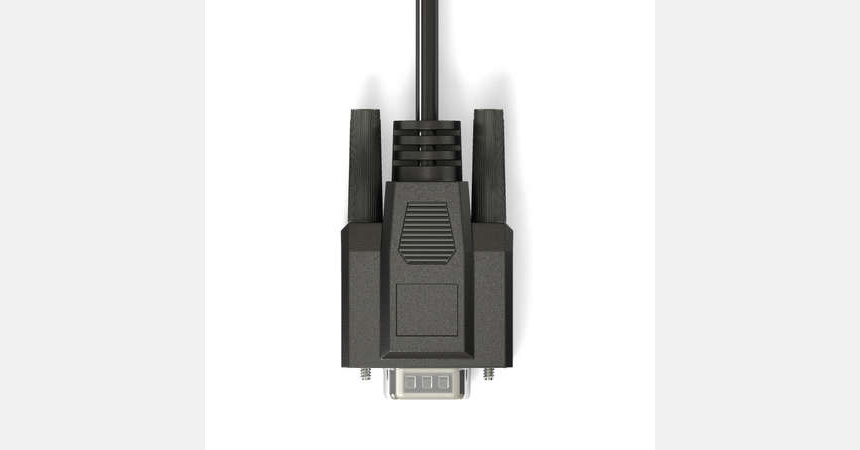
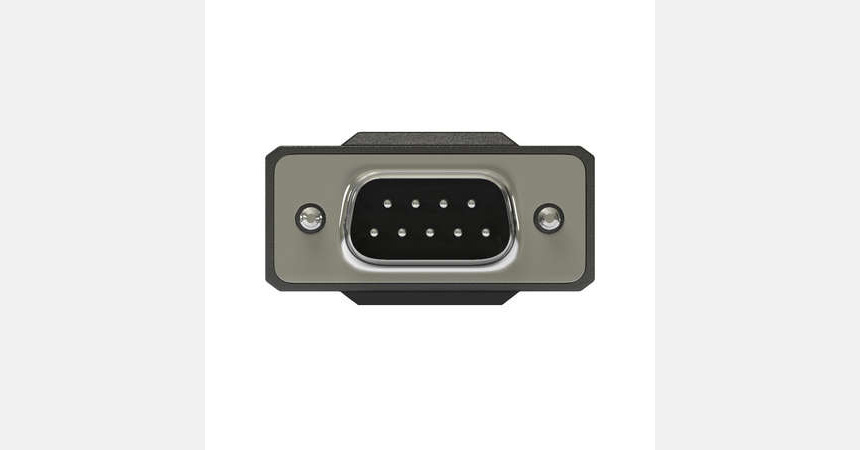
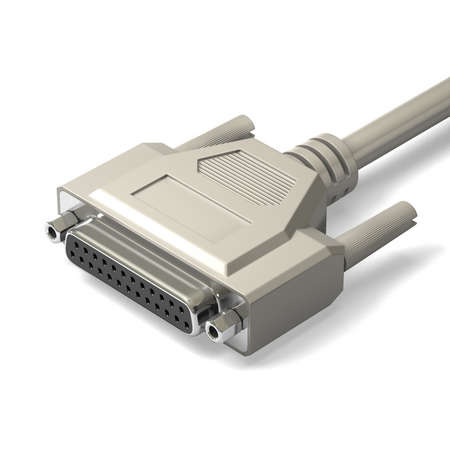 View DB25 connector gallery
View DB25 connector gallery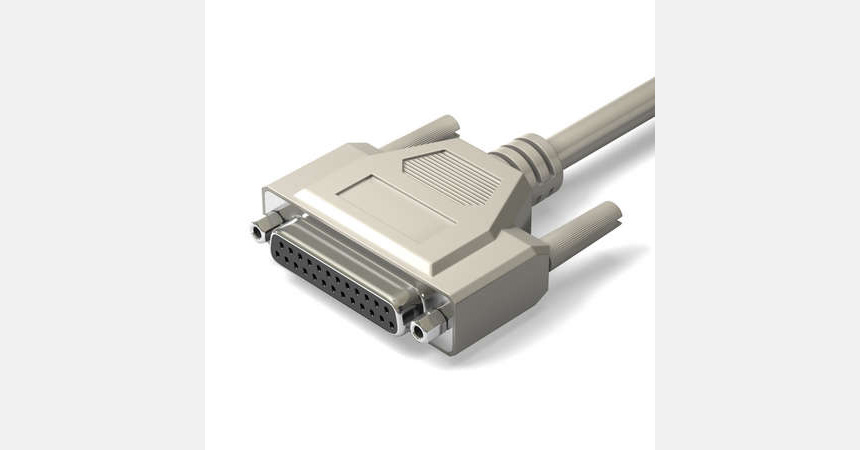
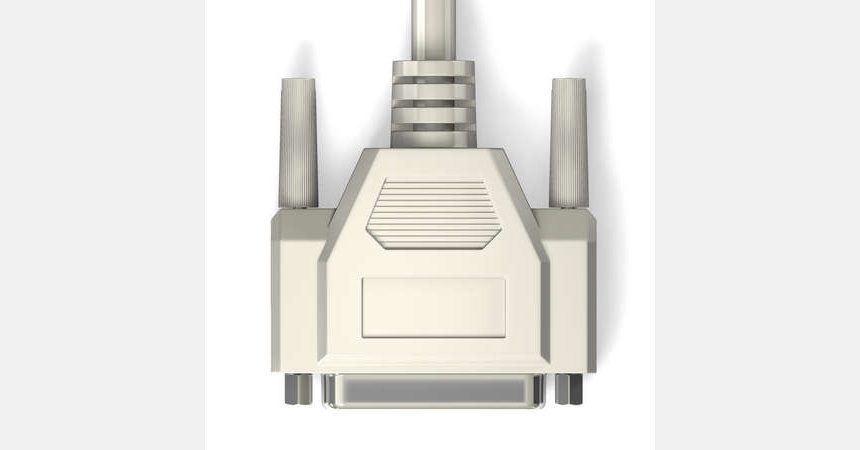
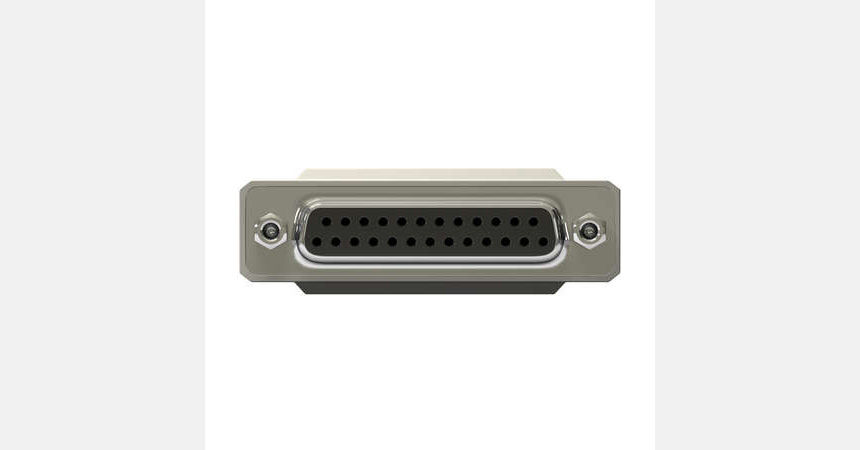
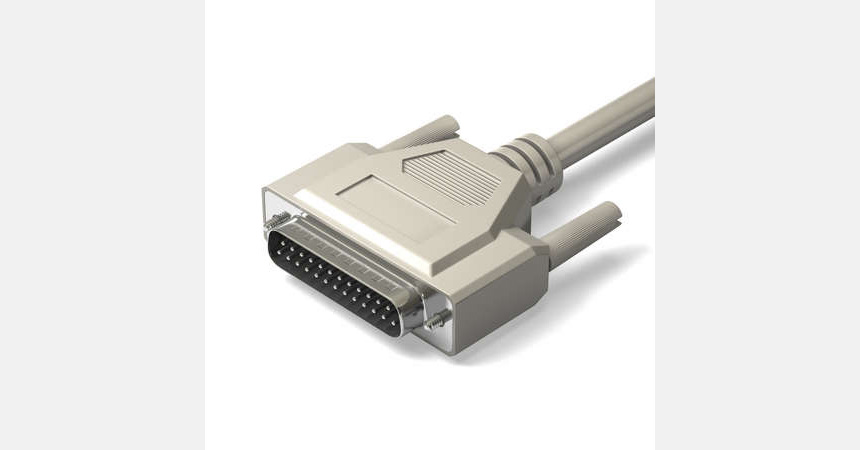
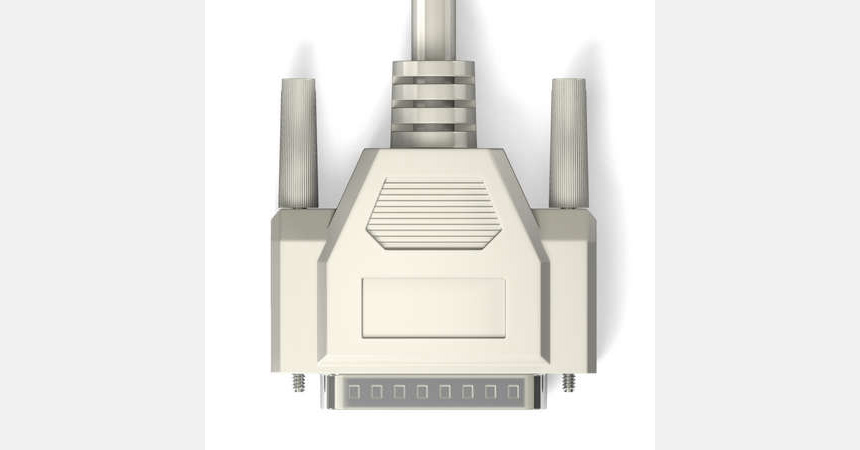
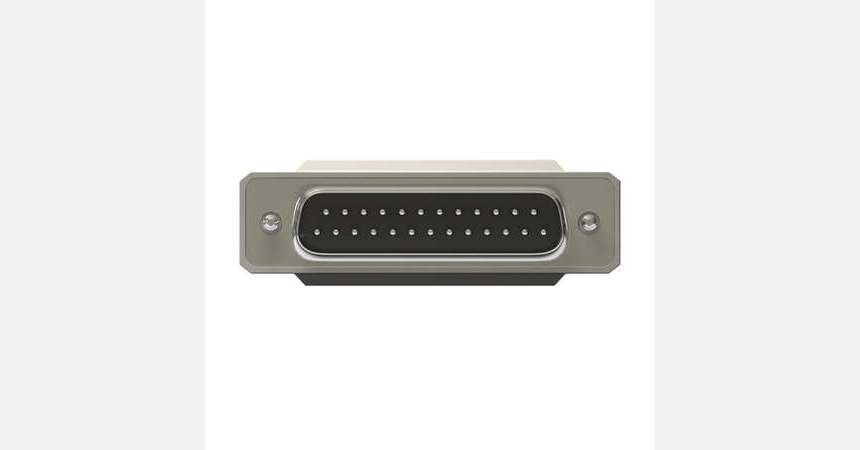
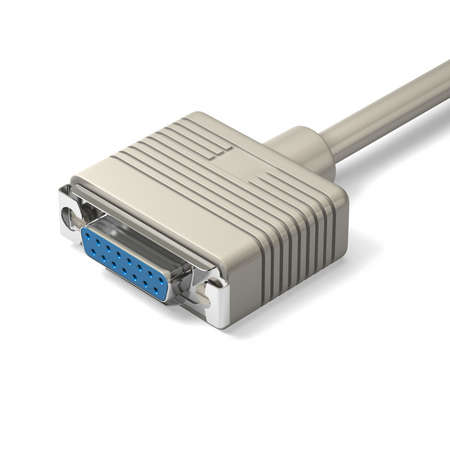 View DB15 connector gallery
View DB15 connector gallery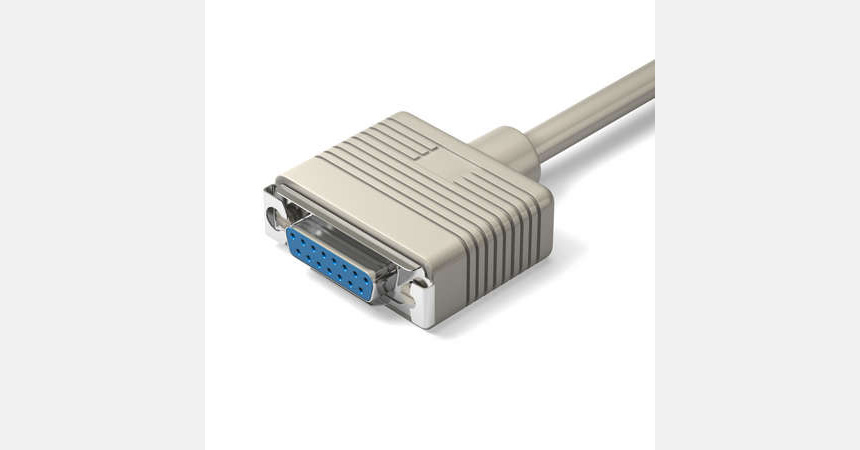
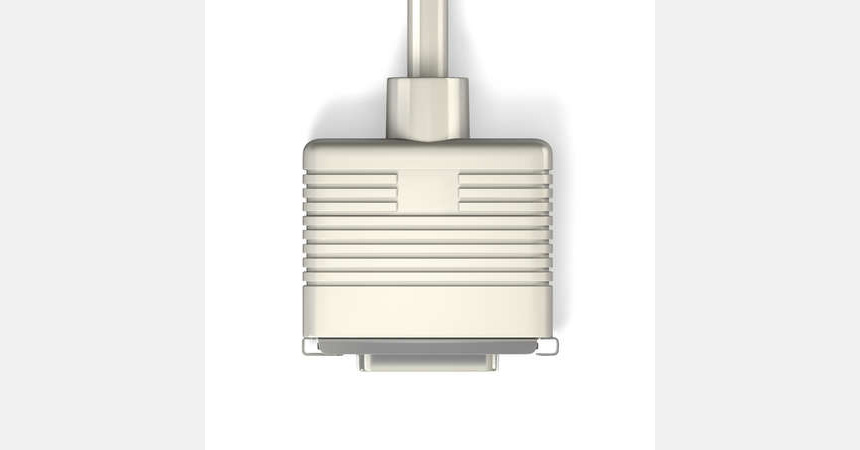
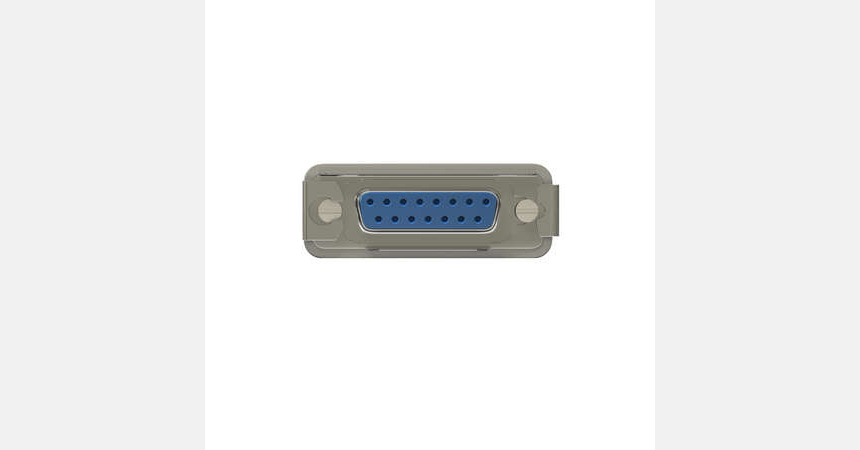
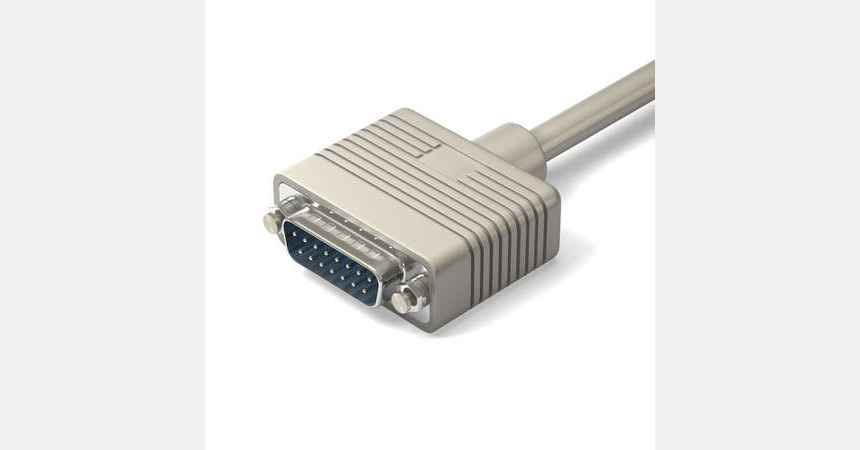
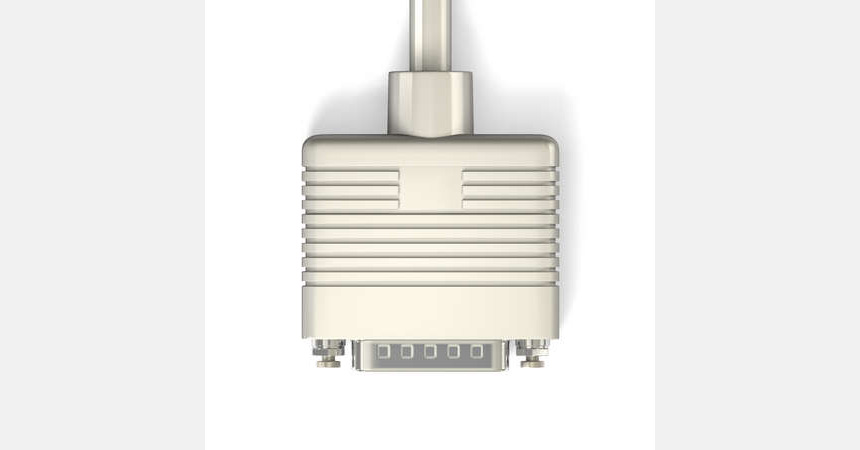
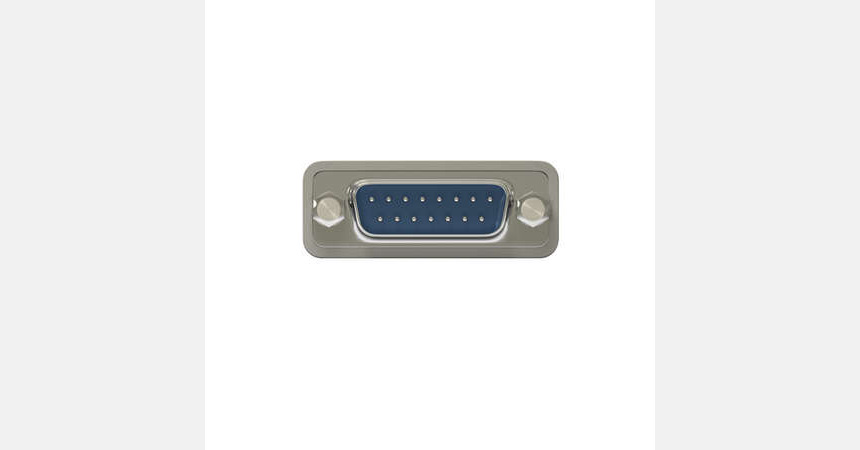
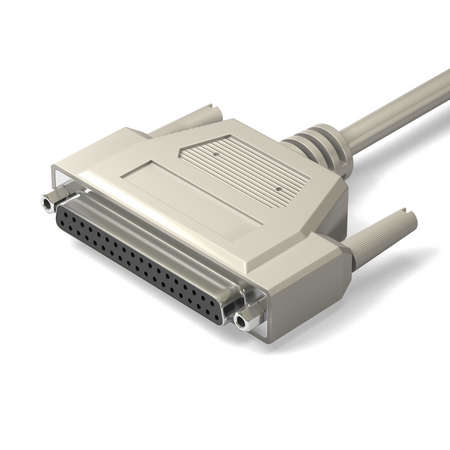 View DB37 connector gallery
View DB37 connector gallery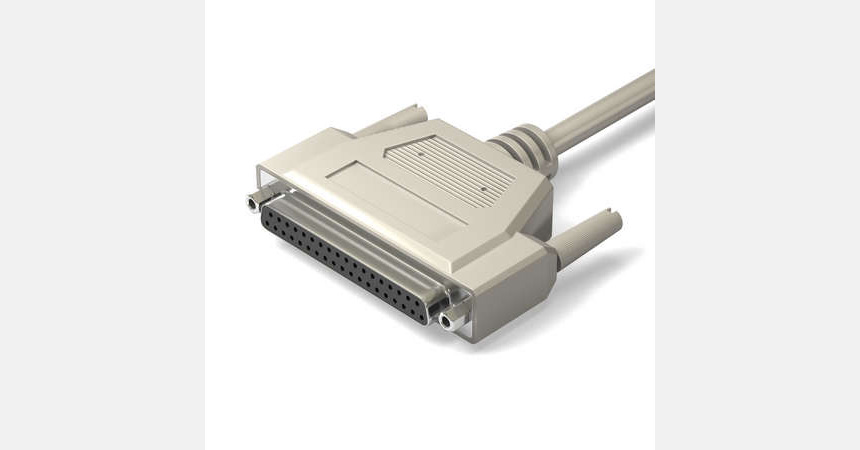
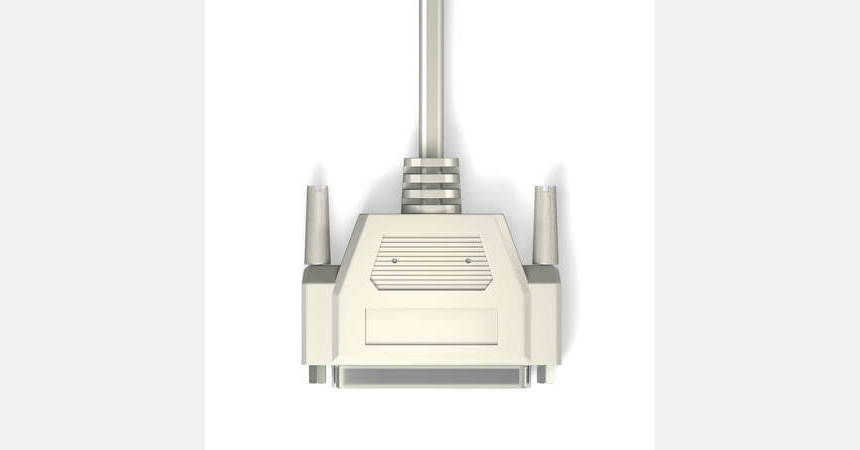
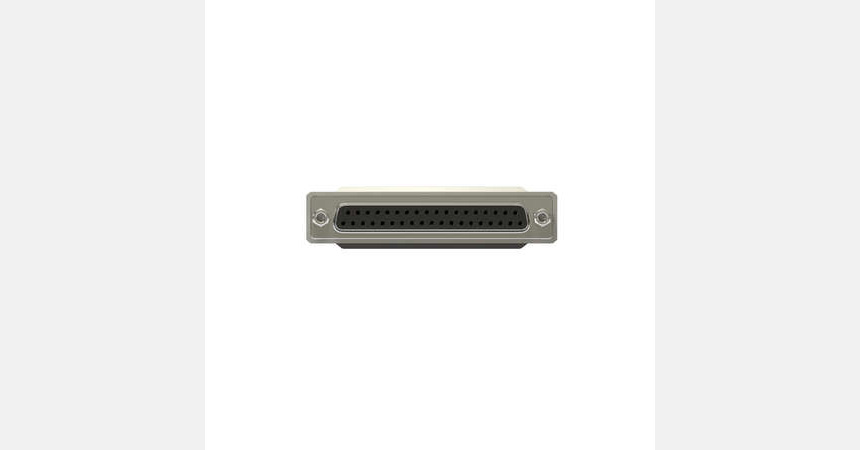
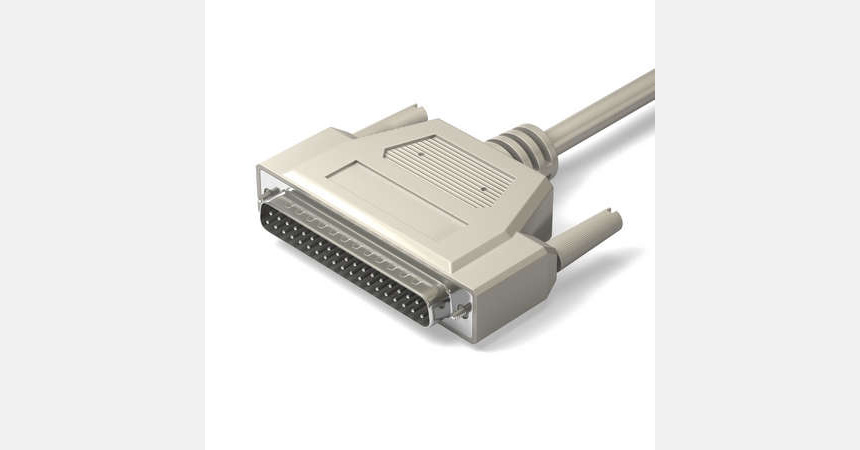
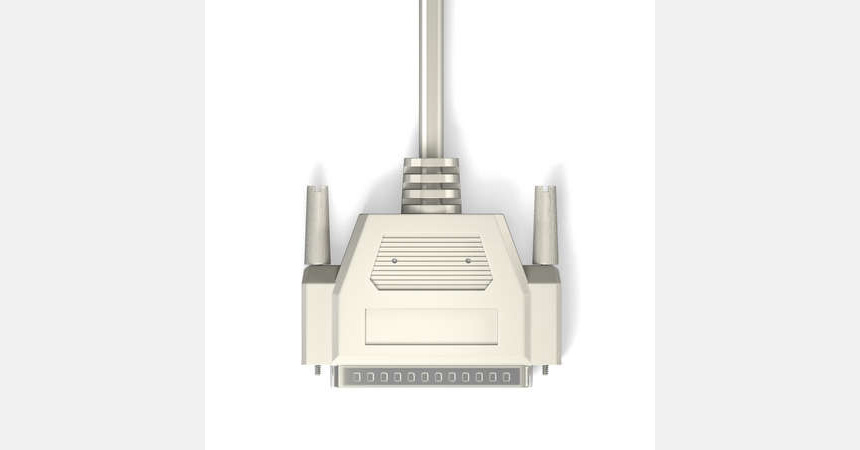
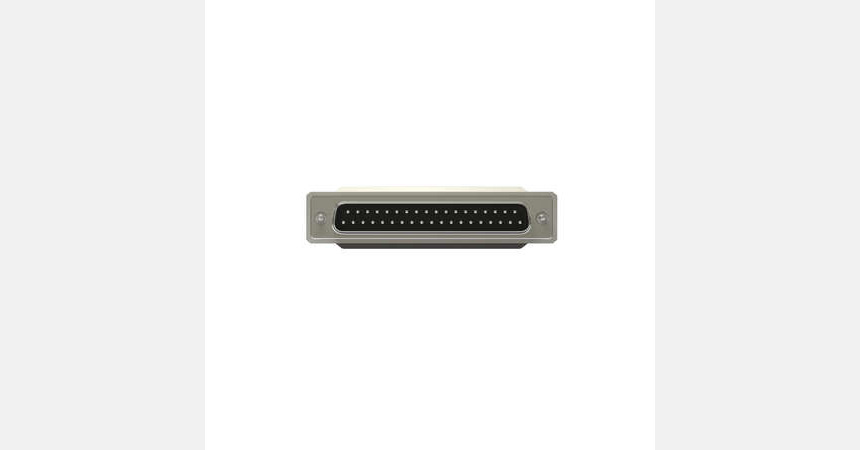
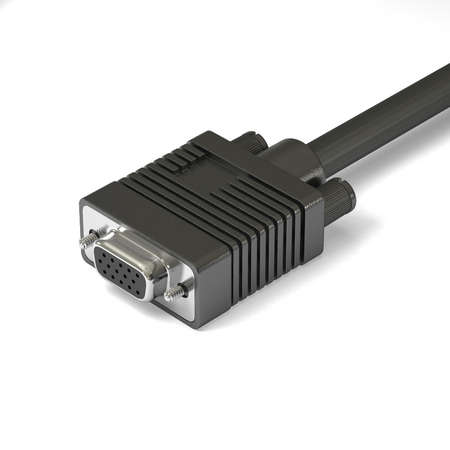 View HD15 connector gallery
View HD15 connector gallery